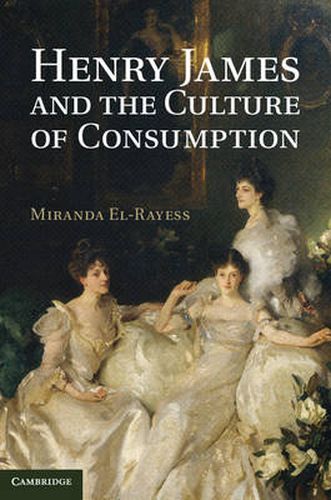Readings Newsletter
Become a Readings Member to make your shopping experience even easier.
Sign in or sign up for free!
You’re not far away from qualifying for FREE standard shipping within Australia
You’ve qualified for FREE standard shipping within Australia
The cart is loading…






This book explores Henry James’s imaginative engagements with the burgeoning consumer culture of the late nineteenth and early twentieth centuries, focusing on his hitherto neglected fascination with shops and the shopping experience. Examining a wide range of the author’s fiction and non-fiction in the context of developments such as the rise of the department store, the growing public presence of women shoppers and shop workers, and the increasing sophistication of commodity display and advertising, the book argues that consumer desire constitutes an integral part of James’s understanding of modern subjectivity. It also demonstrates that the structures and strategies of commodity culture are deeply embedded in his style, his aesthetic and his conception of authorship. The study offers new readings of familiar and less familiar texts, and includes a wealth of original historical documentation that has been gleaned from contemporary newspapers, periodicals, advertising manuals, sales catalogues and guidebooks.
$9.00 standard shipping within Australia
FREE standard shipping within Australia for orders over $100.00
Express & International shipping calculated at checkout
This book explores Henry James’s imaginative engagements with the burgeoning consumer culture of the late nineteenth and early twentieth centuries, focusing on his hitherto neglected fascination with shops and the shopping experience. Examining a wide range of the author’s fiction and non-fiction in the context of developments such as the rise of the department store, the growing public presence of women shoppers and shop workers, and the increasing sophistication of commodity display and advertising, the book argues that consumer desire constitutes an integral part of James’s understanding of modern subjectivity. It also demonstrates that the structures and strategies of commodity culture are deeply embedded in his style, his aesthetic and his conception of authorship. The study offers new readings of familiar and less familiar texts, and includes a wealth of original historical documentation that has been gleaned from contemporary newspapers, periodicals, advertising manuals, sales catalogues and guidebooks.